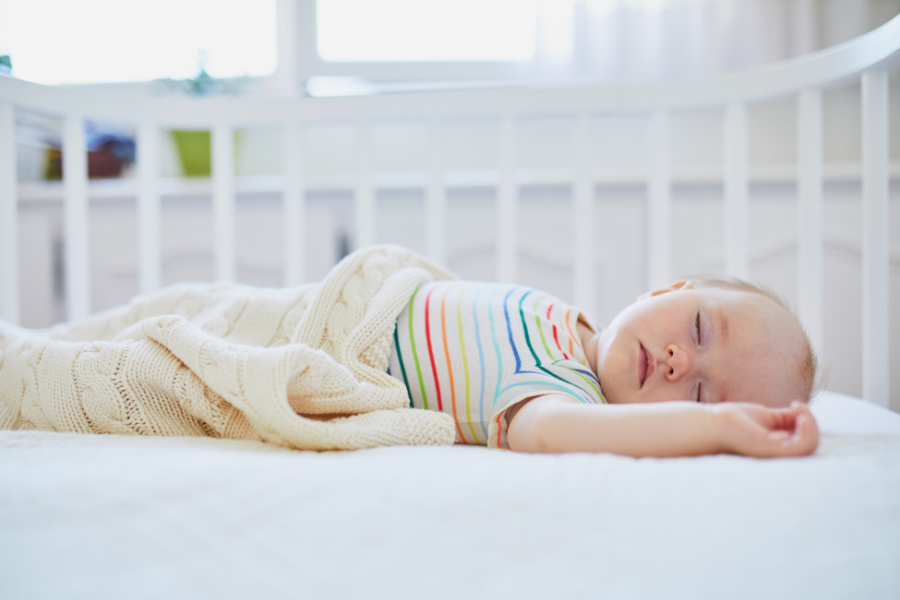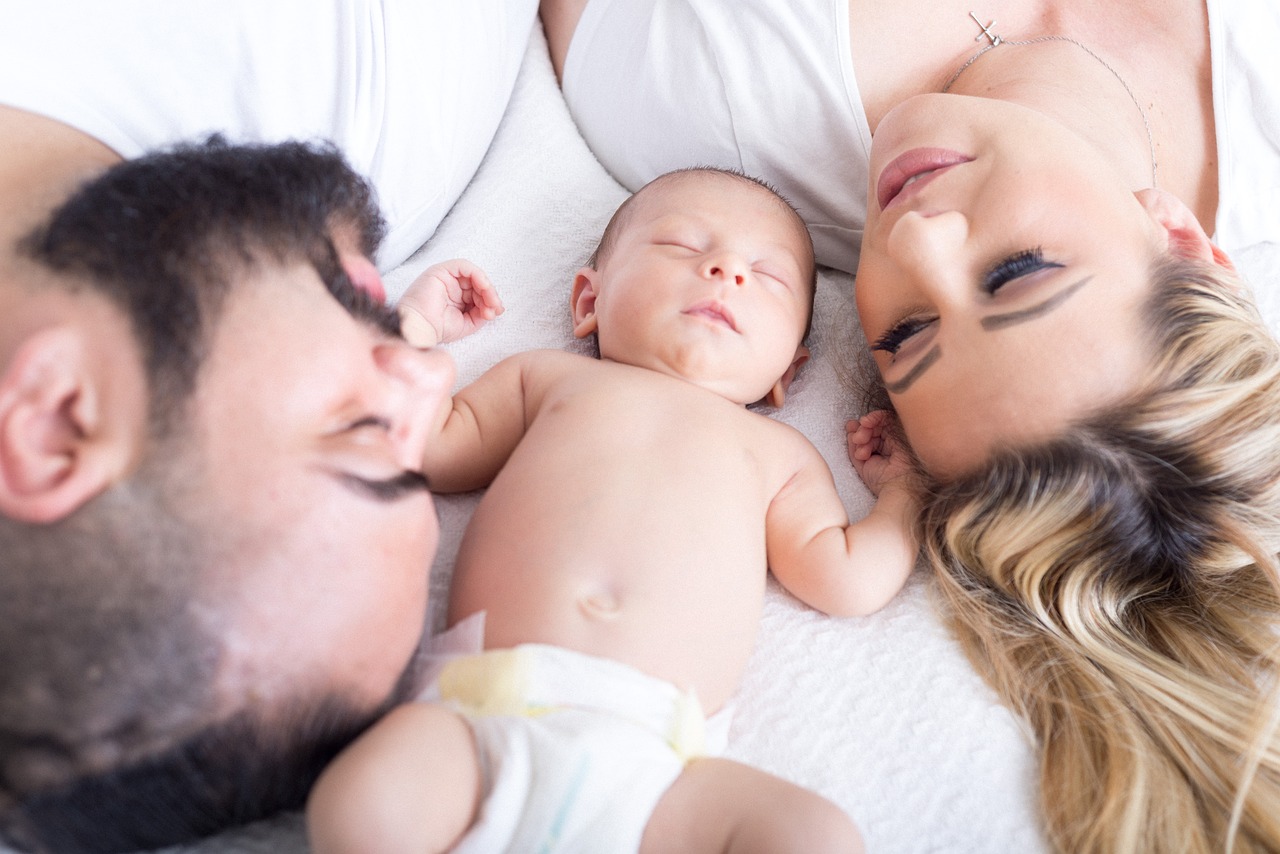- shares
- Facebook28
- Twitter1
- Pinterest18
- Yummly0
- Mix0
- Email0
Bringing your new baby home is one of the most exciting events in your lifetime, but it can also be terrifying. After nine long months of protecting your little one inside of your warm womb, they’re out in the world and it’s up to you to keep them safe. Read on to find out how to keep your babies sleeping safely.
Hazards you never noticed before suddenly seem like a looming threat, and then you find out that your baby is even at risk as they sleep. This does not have to be a more anxious time than a joyful one.
Babies often struggle with sleep, but with the help of Serenity Kids, parents can create a soothing environment for their little ones with these tips for moms and babies. Say goodbye to sleepless nights!
By following these 5 tips, you can rest knowing that your little bundle is sleeping as safely as possible.
1 – Room share.
Remember that nursery that you carefully coordinated while you waited for your baby to arrive? Put that on the back burner for now, and move your baby’s crib or bassinet right into your bedroom.
The American Academy of Pediatrics (AAP) recommends sharing a room with your baby for at least 6 months, if not a full year. Room sharing has been shown to decrease the risk of Sudden Infant Death Syndrome (SIDS) by up to 50%.
It’s still not clear what the definite causes of SIDS are, but it can be comforting to new parents to know that there are ways to protect babies.
2 – Watch out for unregulated sleep surfaces.
The internet is a massive market for adorable baby products, and many of them are targeted at new parents by advertising with a sleepy newborn.
The parent who has a baby aged between 0-2 years of age has a fair chance that your baby is sleep deprived. Many parents believe this is normal and their babies will grow out of the “poor sleeping patterns”.
If you do not teach your baby how to sleep, they will fall into poor sleeping habits for years.
Parents who are making every effort to get their babies to sleep and need these services can take help from a reputed baby sleep consultant online. An expert who can help their baby to sleep right. You can even learn how to put a baby to sleep in 40 seconds. It can be done!
Terms such as “sleeper” or “napper” are used to sell surfaces that are not required to adhere to safety standards. Instead, opt for a crib or bassinet (even a play yard is a great alternative for saving space). T
hese terms are regulated for safety and will be the safest place for your tired little one to get the rest that they need. The AAP recommends having a flat, firm surface for infant sleep.
3 – Keep the baby’s sleep space empty of anything but a fitted sheet.
It’s really tempting to cover a sleeping baby with one of the dozens of adorable blankets you were gifted during your pregnancy, but babies shouldn’t have a blanket until they’re at least a year old. Fortunately, some wonderful options are for sale to ensure baby stays safe and warm.
A properly fitted sleep sack will keep your infant snug as a bug without the risk that loose bedding poses. The great thing about sleep sacks is that they won’t come off as your baby learns to roll. They’ll also keep their legs from getting stuck between crib slats, which crib bumpers should never cover.
4 – Offer a pacifier at sleep times.
The use of a pacifier helps decrease the risk of SIDS. Establishing breastfeeding before offering a pacifier is usually recommended, though many parents introduce one much earlier and experience no problems.
This recommendation is simply because, in the early days of breastfeeding, your baby will essentially use you as a human pacifier to encourage milk supply. Some babies will never take to a pacifier, and that’s okay too.
Using one helps decrease the risk of SIDS, but not using one does not increase the risk. It can be confusing, but that’s why the recommendations are there to guide you.
5 – Don’t bed-share.
The AAP advises strongly against bed-sharing in all cases. Adult mattresses are not designed to be as firm as regulated infant sleep surfaces. Bed-sharing increases the risk of SIDS, as well as positional hazards, accidental overlay, and entrapment.
The safest place for your baby to sleep is on their back and in their own sleep space which is free from loose bedding, pillows, and toys. Once babies can roll over on their own, it’s perfectly safe to leave them that way. Some little ones prefer to be belly-sleepers, but let them get there on their own.
Infant sleep has been studied for decades to make sure that the recommendations that are given to parents are as safe as they possibly can be. You will likely find yourself receiving a lot of conflicting advice on the subject, as is the case with just about anything related to child-rearing.
Just remember that anecdotal advice is just that. Always call your pediatrician if you feel conflicted or uncertain about whether your baby is sleeping safely, and remember that they became experts to help you keep your loved ones healthy and safe. Just by following these 5 tips, you’re already off to a wonderful, safe start.




